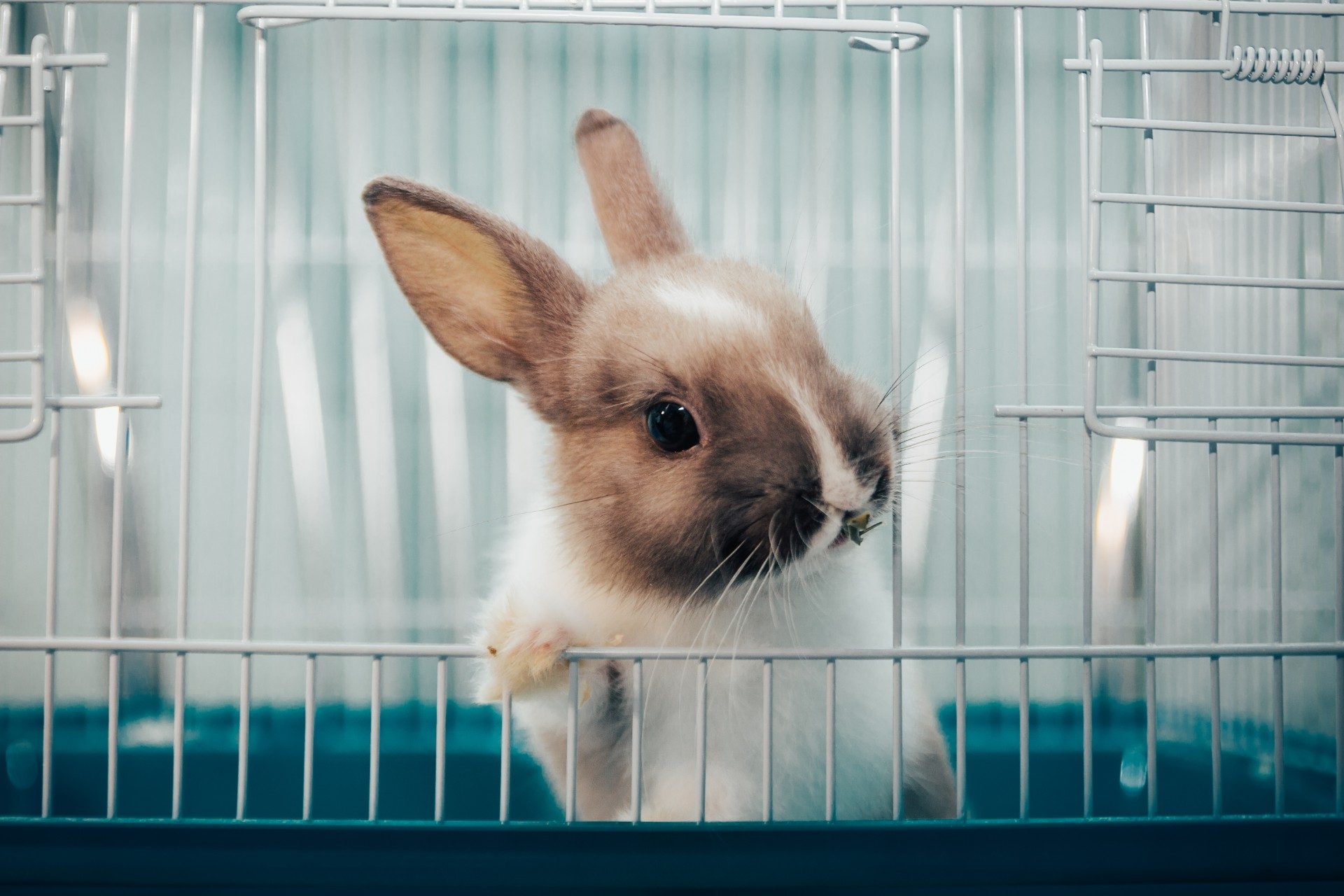Are you a new rabbit owner? Then you must be encountering several challenges. Besides stocking up on their meals and treats and other basic necessities, you must be busy potty training your rabbit, house-training them, leash-training them, looking for ways to decode their behavior. Another thing many new pet owners struggle with is finding the best home for their new furry friend. There are so many options on the market that it can be challenging to know what you’re looking for or if you’ve got the right one. To learn what features to consider and make your decision easier, use the guide below.
Size
First, you will need to determine what size cage, or hutch, you need. The cage should be large enough for your rabbit to move around freely. As a rule of thumb, the hutch should be about four times the size of your pet. For small breeds, find a hutch that measures approximately 24 by 36 inches. If your rabbit weighs more than eight pounds, you will need a larger cage, measuring around 30 by 36 inches.
In addition to your rabbit’s size, you should keep in mind how much space you have in your home. If you have more than one rabbit or space to spare in your home, consider getting an extra-large indoor rabbit cage. This will ensure there is plenty of room for all your pets to play and sleep. If you don’t have a lot of space, consider getting a multilevel cage, which provides a larger area for your pet without taking up extra space in your home.
Design and material

Indoor rabbit cages are available in a range of shapes, designs, and materials. Most indoor hutches are made of plastic and wire, but some can be made of wood, too. Cages have a separate floor with a wire cage topper. There is no ideal material or design; it’s up to you to decide what you like the most.
Floor type and material
You should also consider the type of cage floor and the material it’s made of. There are two types of cage floors: wire and solid floors. Wire floors are easy to clean because the waste falls right through to a pan under the floor. Because rabbits have sensitive feet, however, wire floors can be uncomfortable for them and cause pain over time. Solid floors are harder to clean but safer and more comfortable for your rabbit.
Solid cage floors can be made of plastic, wood, or metal. Plastic floors are the most popular because they are easy to clean and stain-resistant. They’re also durable. Wooden floors are the most comfortable for your rabbit, but they absorb moisture. Even if the floor is water-treated, your rabbit’s urine can still soak into the floor, creating an unhygienic environment. Metal cage bottoms are extremely durable, but they can be uncomfortable for your bunny because metal gets cold.
Style
You will also need to decide what style of hutch you want. There are one-story cages and multilevel rabbit cages. Single-level cages are the standard, rectangular models. Some come with attachments and accessories to accommodate your rabbit. These are smaller hutches that are easy to transport. Multistory cages have levels that are accessible by ramps. While this type of hutch is more popular for other small animals, some bunnies also like to jump and climb around on the different levels.
Other features to consider
Here are a few more factors to keep in mind when choosing a new cage for your rabbit.
- Ease of assembly: Some cages are easier to put together than others. If you don’t have a lot of time or patience for building things, try to find a hutch that is easy to put together.
- Durability: Bunnies love to dig and chew, so you’ll need a sturdy hutch for them to live in. The strongest cage material is plastic.
- Mobility: Some cages have wheels, which allow you to move them anywhere in your home. This can be helpful during cleaning or when you have guests coming over. Just be sure to find one with locking casters to ensure the hutch remains stable.
- Easy to clean: Look for a cage that is easy to clean out. Removable trays or bottoms are convenient and make cleanup much more manageable.
- Openings: Hutches come with different types of doors. Cages with top and side doors are the most accessible because they allow you to feed your bunny and lift them out through the top or let them exit through the side door.
With so many different indoor rabbit hutches on the market, it can be a challenge to pick the right one. By considering the features listed above, you can find the best indoor cage for you and your bunny. If you’d like to learn more about your bunny, or need a guide on how long do bunnies live, we’ve got you covered.



